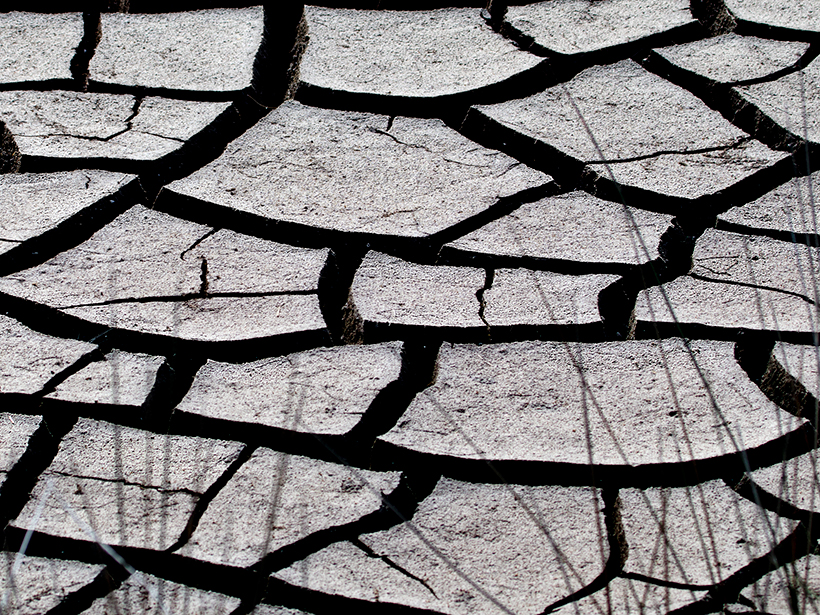Source: Geophysical Research Letters
The world’s population relies on the global water cycle for food security and economic prosperity. However, human activities may be jeopardizing this critical resource; new research by Douville and Plazzotta confirms that human emissions of greenhouse gases have already begun to alter the water cycle, resulting in a drying trend and increased risk of drought in certain parts of the world.
To many researchers, these new findings are not surprising. For more than a decade, observational and numerical modeling studies have predicted that anthropogenic emissions would cause warming that could change the water cycle and expand dry regions.
Nonetheless, other recent studies have cast serious doubts on these predictions. Two studies cautioned that simplified calculations used to process observational data could result in incorrect predictions of evaporation due to warming over land. Other researchers uncovered large uncertainties in climate predictions made by the fifth phase of the Coupled Model Intercomparison Project (CMIP5), a widely used, multimodel tool for climate analysis.
The authors of the new study set out to address these doubts. They performed a three-pronged analysis, investigating both recent observational data and long-term CMIP5 projections of drying trends over the midlatitudes of the northern continents in summertime.
In addition, the researchers applied a previously developed algorithm to distinguish between anthropogenic and natural influences on observed variations in sea surface temperatures and sea ice concentration. Then, they performed multiple climate simulations to determine the causes of recent changes in soil moisture and other land-based variables.
The results of the analysis suggest that a summertime drying trend has indeed emerged over the midlatitudes of the northern continents and that anthropogenic climate change is the main cause. This drying appears to be the beginning of a long-term drying trend.
The findings also suggest that in the absence of direct observations, most CMIP5 models previously underestimated long-term summertime drying. However, the authors stress that further work is needed to improve strategies for attributing climate changes to specific causes, especially with the upcoming release of CMIP6, which will provide new historical climate simulations.
Meanwhile, the authors say, addressing anthropogenic global warming should remain a central strategy to maintain water supplies and food security around the world. (Geophysical Research Letters, https://doi.org/10.1002/2017GL075353, 2017)
—Sarah Stanley, Freelance Writer
Citation:
Stanley, S. (2017), Humans to blame for higher drought risk in some regions, Eos, 98, https://doi.org/10.1029/2017EO088885. Published on 26 December 2017.
Text © 2017. The authors. CC BY-NC-ND 3.0
Except where otherwise noted, images are subject to copyright. Any reuse without express permission from the copyright owner is prohibited.

